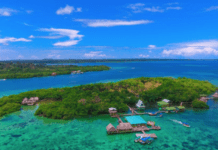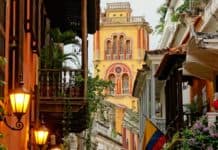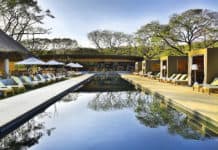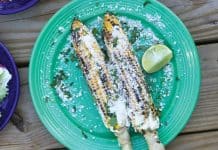
Prevue recently visited the Westin Playa Bonita in Panama City, and discovered a little-seen side of this thriving Latin American destination by participating in several ‘unexpected’ group tours. The resort is now offering a new package called “Panama Past to Present,” which includes a visit to the historic Caribbean town of Portobelo, a tour of the old colonial quarter led by reformed gang members, and a behind-the-scenes look at the expansion sites of the Panama Canal. Package rates start at $225 per night, and include deluxe accommodations, daily breakfast, and one dinner with a bottle of house wine.
The Westin Playa Bonita partners with Gamboa Tours to provide the excursions included in the package as well as other tours which reveal an unexpected side of Panama. Here are some of the options that are available through the resort:

1. Portobelo, Colon
Located less than two hour’s drive from Panama City, the town of Portobelo on the Caribbean coast of Panama was founded in 1597. It became the main port in the Caribbean for the export of Peruvian gold to Spain – and although its fortresses were attacked several times by British privateers – the remnants of several of them still stand today complete with 17th century cannons. The Customs House was built in 1630, and the treasure of the Incas was stored here before its shipment to Europe. The building is intact and now contains a small museum. One of the most intriguing sites is the Iglesia de San Felipe, also known as the Church of El Cristo Negro. Built in 1814, it houses the 17th century statue of the Black Christ of Portobelo – a life-size effigy carved in dark wood which has many legends and miracles attributed to it. Every October 21, as many as 60,000 pilgrims descend on the small town for statue’s feast day, many having walked the 52 miles from Panama City as an act of penance. The statue is carried from the church on a four hour parade with a carnival atmosphere. Portobelo is also well known for its scuba diving, with 16 major dive sites located nearby. Tours of Portobelo can include a ride by fishing boat to the pristine Caribbean beach of Isla Grande for swimming and snorkeling activities.

2. ‘Fortaleza’ tour of Casco Veijo
If you’re looking for a genuine experience of Panama’s unexpected side, the Fortaleza tour of the Casco Viejo – Panama City’s old colonial quarter – delivers something unique. The district was built and settled in 1673, and today it contains beautiful examples of Spanish colonial architecture which house fashionable restaurants, bars and boutique shops – but this tour takes you away from the well-trodden path. The tour ventures into a former ‘red zone’ of the city, previously blighted by violence and unsafe for tourists, but now undergoing revitalization. The tour is led by former members of the notorious Ciudad de Dios street gang who now operate Fortaleza Tours within the district, following the intervention of the Esperanza Social Venture Club who work to integrate gang members into formal society. The tour begins at the Plaza Herrera, an 18th century square outside the American Trade Hotel, which was an abandoned building for years and squatted by criminal gangs. From there, the tour guides lead you through the district, where brightly colored colonial facades are juxtaposed with crumbling apartments and run-down buildings. At each turn, they explain the troubled history of the district and how much things have changed in recent years. The guides introduce you to locals along the way, who talk candidly about their lives and experiences in the Casco Viejo, and the tour ends with a perfect mojito at a roadside bar also operated by the Fortaleza group.

3. Panama Canal
The Panama Canal connects the Atlantic Ocean to the Pacific via the Isthmus of Panama, and is a key conduit for international maritime trade. Completed between 1881 and 1914, the 45 mile channel has been designated as one of the seven wonders of the modern world by the American Society of Civil Engineers. Partial tours of the canal travel through the Gaillard Cut – carved through the Continental Divide and full of history and geological interest. A full tour of the canal travels from the Pacific to the Atlantic side in one day, and includes a trip through the Gatun Lake, formed when the river was widened and deepened by the construction of the Gatun Dam. Other tours include a visit to Miraflores Locks, where you can see ships enter and pass through the canal from an observation deck, as well as visit a museum telling the story of this engineering marvel. Or you could view the construction of the new Panama Canal expansion project, intended to double the capacity of the canal and allow larger ships to make the passage.

4. Gamboa Rainforest
Get up close to sloths and white-faced capuchin monkeys on a tour of the Gamboa Rainforest. Located only 20 miles from downtown Panama City, the virgin rainforest of Gamboa hosts a great diversity of plant and animal life that can be difficult to find elsewhere, including nearly 1,000 species of birds in an area of only 72,000 sf and more than 10,000 butterflies. Ascend some 280 feet from the forest floor and glide among the treetops on the breathtaking aerial tram tour, kayak across the Panama Canal’s Gatun Lake, take a night safari boat down the Chagres River, or experience guided fishing and bird-watching tours.
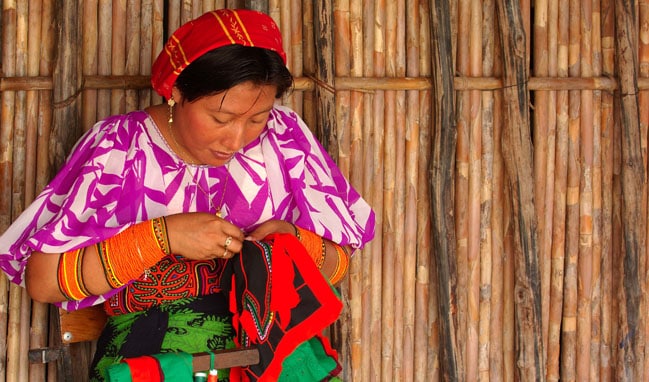
5. Embera Village
Visit the Embera Village and learn about the history and culture of this indigenous rainforest tribe whose traditions have been preserved much as they were before Columbus came to the Americas. The name “Embera” means “people,” and along with the Wounan tribe, they are descendants of the Chocoe Indians – who were the original inhabitants of Panama and Colombia. Panama’s Chagres National Park contains several small Embera villages of five to 20 houses which are accessible by canoe. An excursion to the village will typically include a performance of traditional Embera dance, educational presentations on their understanding of medicinal plants, a lunch of fried local fish and plantains wrapped in banana leaves, and an opportunity to purchase the unique baskets and carvings made by the Embera.



